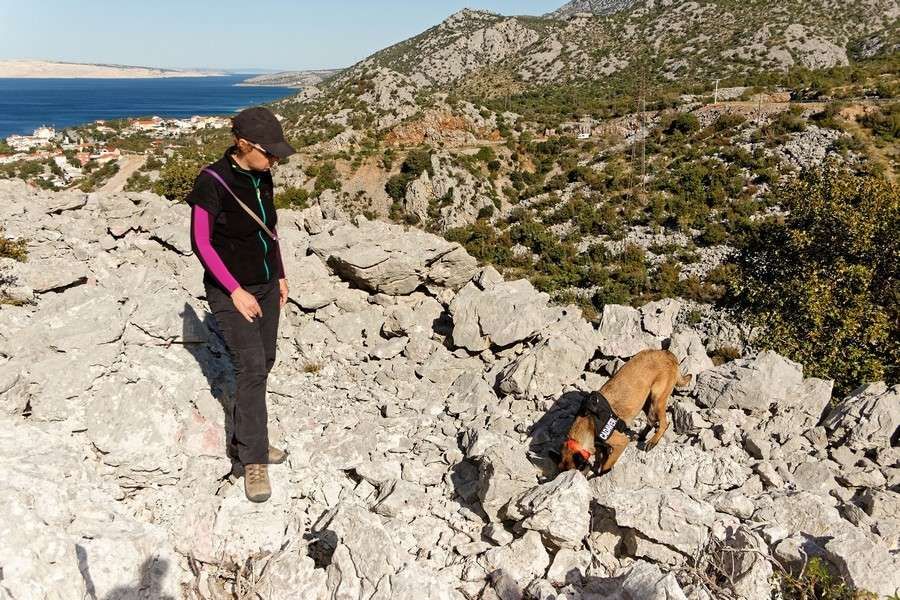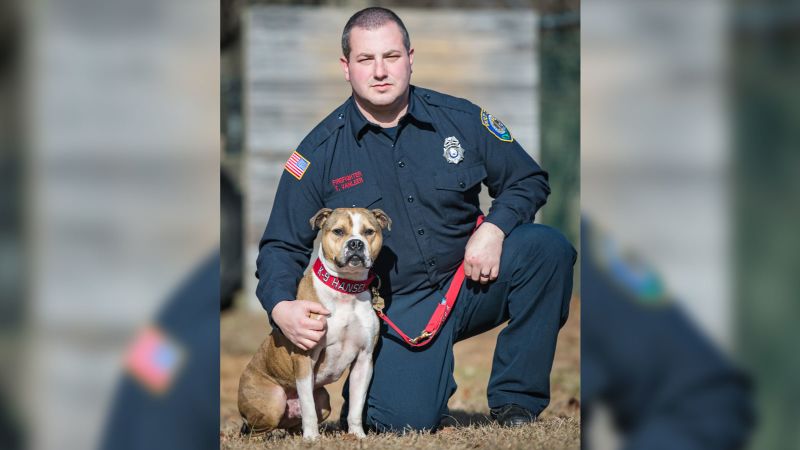Detection dogs successfully trained to sniff out endangered insects
RESEARCHERS HAVE successfully trained detection dogs to sniff out the endangered insects of the Victorian high country.
The Alpine stonefly (Thaumatoperla alpina), which calls Falls Creek home, is threatened by land degradation and predation from fish.
While sniffer dogs have previously been trained to detect animals from their nests of faeces, this is the first time they’ve been trained to sniff out the animal itself.
“This is an exciting and innovative way to revolutionise how we gather data on our endangered species, no matter how big or small,” says Lead researcher Julia Mynott, from La Trobe.
“In the past, we’ve been restricted to traditional methods of detection when looking for stoneflies, which include visual surveys and aquatic sampling.”
The three dogs– a border collie, black labrador and samoyed– were trained at La Trobe’s Anthrozoology Research Group Dog Lab in Bendigo, where they spent seven weeks memorising the smell of the snowfly.
Researchers hope that they can use the detection dogs to track other insects.
“Insects might not be that appealing to everyone, but they are important for ecosystem functioning, particularly in alpine areas that are environmentally important and under threat from climate change.
“We chose stoneflies as a starting point because they’re such an interesting animal…They’re sensitive to changes in water quality and…their inability to fly makes them vulnerable to other predators in this environment.
“…We’re hoping to secure funding that will enable us to conduct future surveys on the Alpine and Stirling Stonefly, and on a third species of stonefly that can be found at Mount Baw Baw and the Yarra Ranges.”
Then there's Angus, the Slider Turtle detection dog.
I was recently talking to a man who worked in environmental protection writing up environmental impact reports for large developments and he said that they've started using scent detection dogs to locate the faeces of endangered animals so that they can include that in their reports.
What an awesome job - taking your dog for a walk in nature and letting him/her follow his/her nose!
Tracking and Scent Detection are great things to train your dog for because it's quite a calming exercise for them and they generally enjoy it.
Scent Detection as a sport has become more popular over the last few years using different oils at the target odour.
K9 Nose Time
 www.k9nosetime.com
www.k9nosetime.com
Then there's Tracking as a sport which is a lot of fun and usually means a weekend camp out on a large acreage property because tracks can be laid up to 1.5kms or more in length. Tracking usually needs a few volunteers as too - the 'bait' or the track layer who gets to go for a walk, then settle down in the bush somewhere with a thermos of coffee and a book and wait for the dog to find them, the steward who maps the track the day before and accompanies the judge who follows the dog and handler, then the dog and handler themselves. Then at the end of the day, the stories are told around the campfire before the the early start on tracks the second day.



